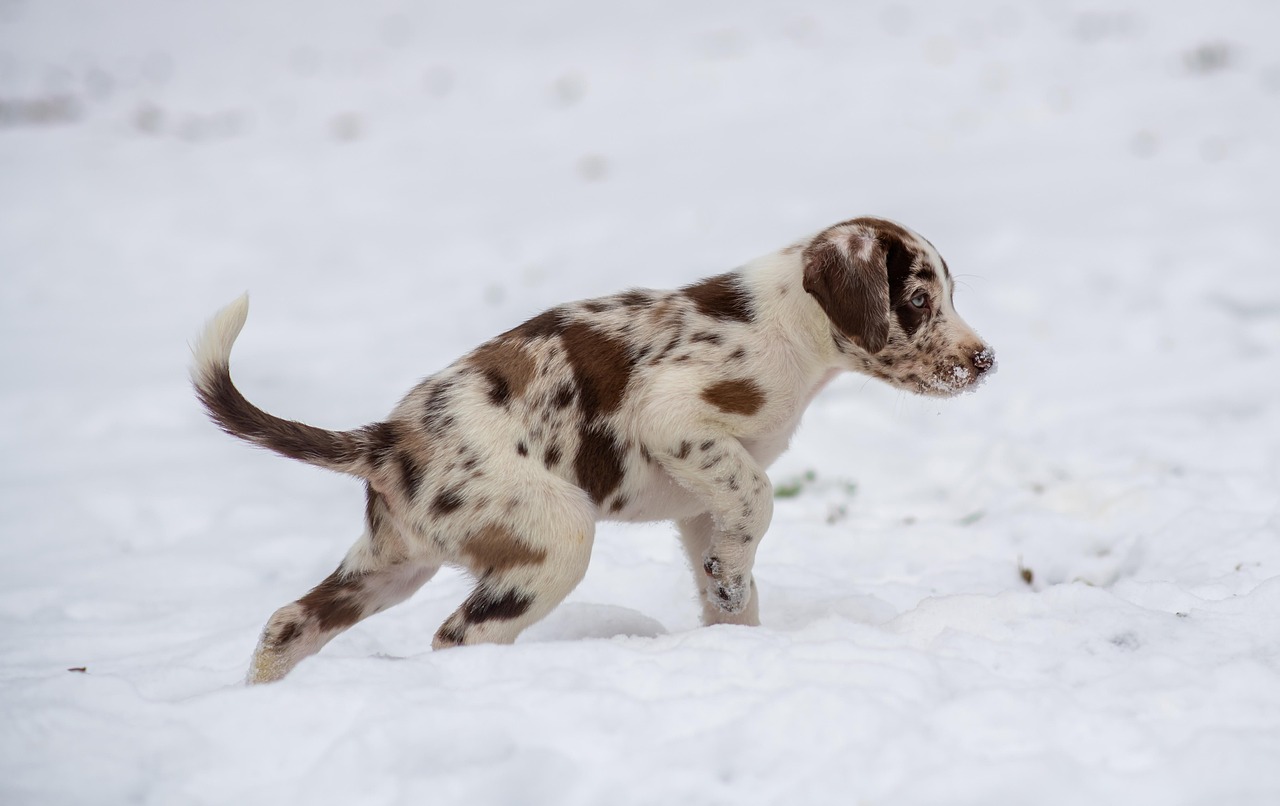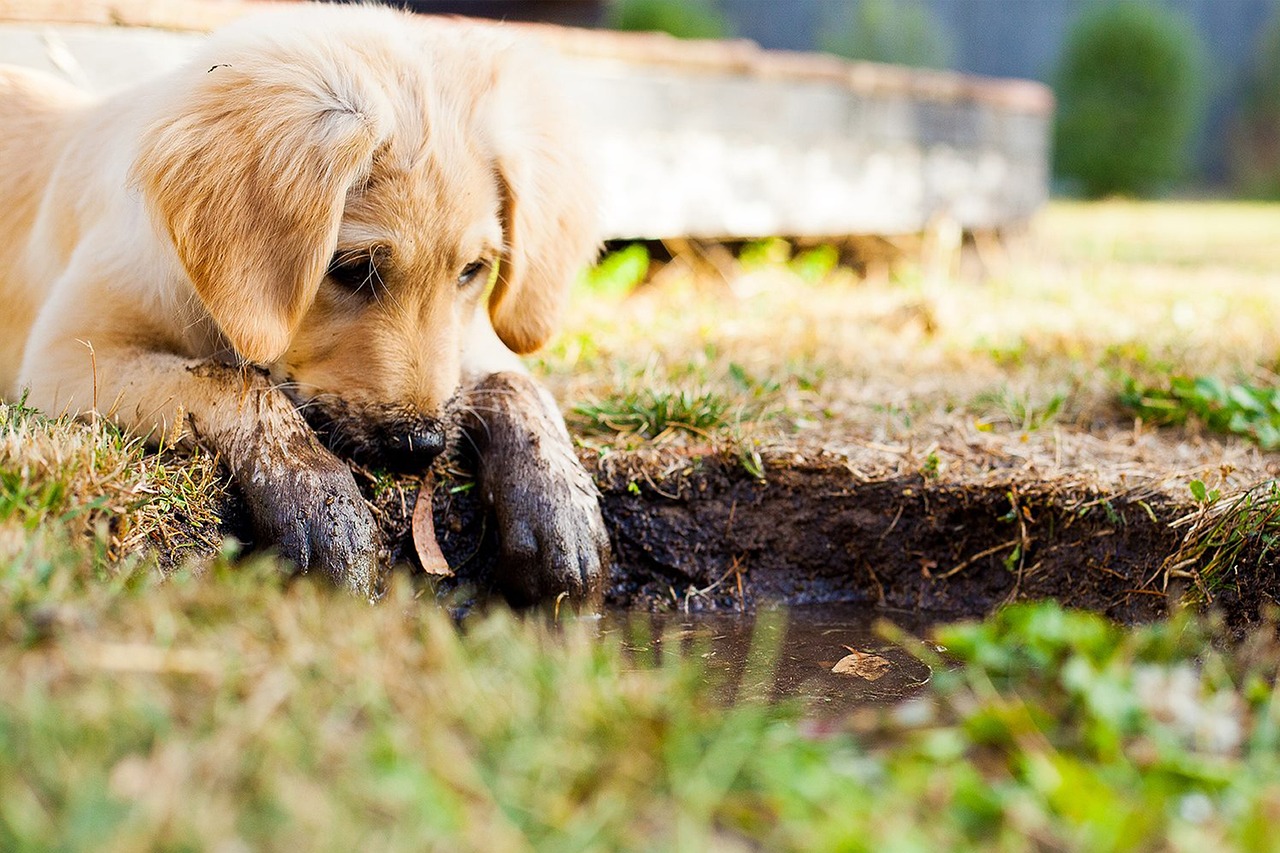Welcome to our blog dedicated to the fascinating world of dog ear shapes! From floppy and long to pointy and erect, the variety of ear types in dogs not only adds to their charm but also reflects their breed characteristics. Understanding these differences can enhance our appreciation for our furry friends. Whether you’re a dog owner or an enthusiast, there’s much to discover about how ear shapes influence communication and health. Let’s explore in detail below.
The Diversity of Dog Ear Shapes
Floppy Ears: The Soft and Gentle Look
Floppy ears, often seen in breeds like the Basset Hound and Cocker Spaniel, exude a softness that many find endearing. These ears hang down close to the head, creating a gentle frame for the dog’s face. This type of ear shape can play a significant role in how sound is perceived by the dog. The structure of floppy ears tends to muffle sounds slightly, which may explain why some breeds with this ear type are known for their calm demeanor. Additionally, floppy ears can contribute to certain health considerations; they are more prone to moisture retention and ear infections if not cared for properly.
Pointy Ears: Alert and Expressive
Pointy ears are often associated with breeds such as the German Shepherd and the Siberian Husky. These upright ears not only enhance the dog’s alertness but also provide an expressive quality that many owners appreciate. Pointy ears allow for better directional hearing, making it easier for dogs to locate sounds accurately. This ear shape is often linked to breeds known for their working abilities, as they need to be highly aware of their surroundings. Moreover, pointy ears serve as a means of communication; dogs can express a wide range of emotions through subtle movements of their ears.
Rose Ears: The Unique Fold
Rose ears are characterized by a distinctive fold that gives them a unique appearance. Breeds such as the French Bulldog and the English Bulldog showcase this charming ear type. The fold creates a delicate look while still maintaining some structural integrity. Rose ears can be quite expressive, adding character to the dog’s overall appearance. Interestingly, this ear shape offers less protection against environmental elements than others, leading to potential issues such as debris accumulation or irritation if not monitored closely.
How Ear Shapes Affect Communication
Body Language and Ear Positioning
The position of a dog’s ears plays a crucial role in its body language. When a dog holds its ears up high, it often signifies alertness or curiosity about its surroundings. Conversely, when the ears droop or lay flat against the head, it may indicate submission or fear. Understanding these signals can help owners interpret their dog’s emotional state more accurately and respond appropriately to their needs.
Vocalizations and Ear Movement
Dogs communicate not only through barks but also through subtle movements of their ears. An excited dog may perk up its ears while barking enthusiastically, showing eagerness or playfulness. On the other hand, if a dog is anxious or uncertain, you may notice its ears flattening back against its head as it vocalizes softly or whines. Being attuned to these changes can foster better communication between you and your pet.
Social Interactions Among Dogs
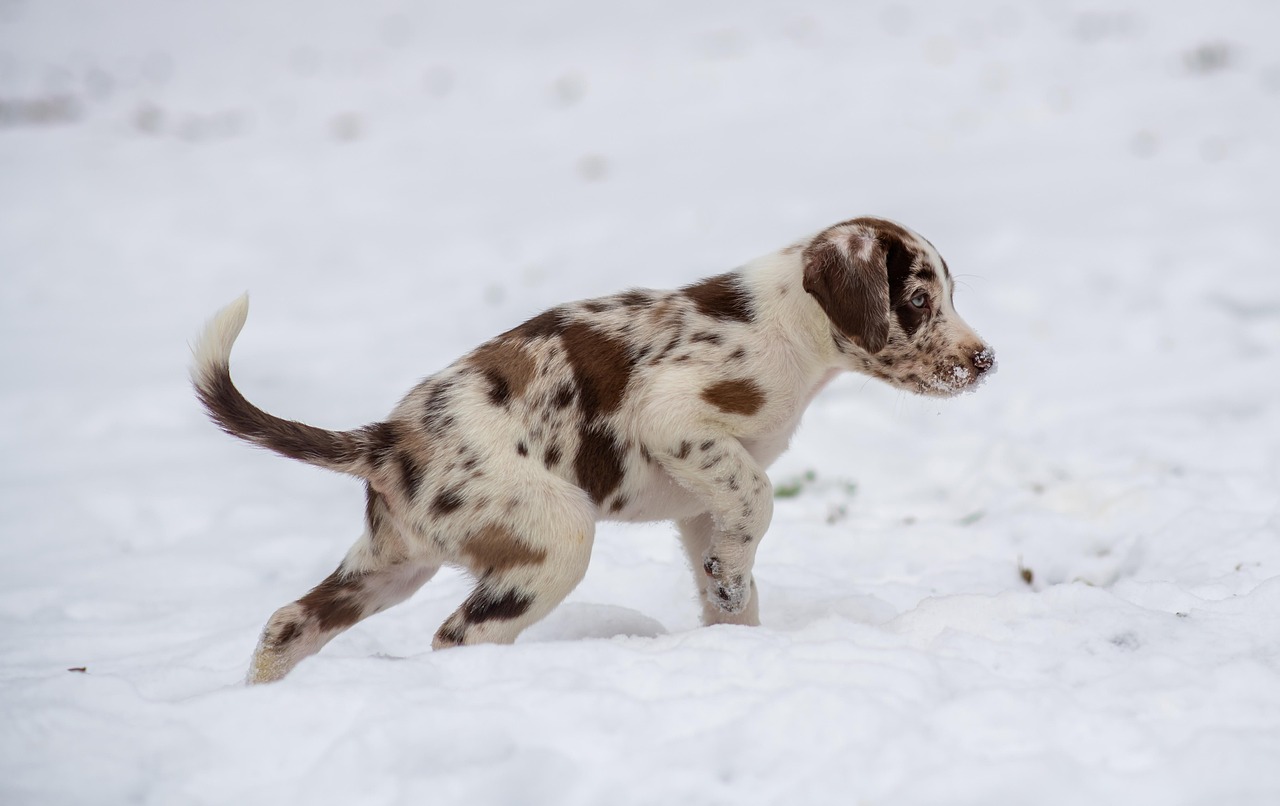
In social settings with other dogs, ear shapes influence interactions significantly. A dog with erect ears may appear more dominant or assertive compared to one with floppy ears that may seem more submissive in nature. Understanding these dynamics can help prevent misunderstandings among dogs during playtime or introductions, ensuring smoother interactions within multi-dog environments.
Health Considerations Related to Ear Shapes
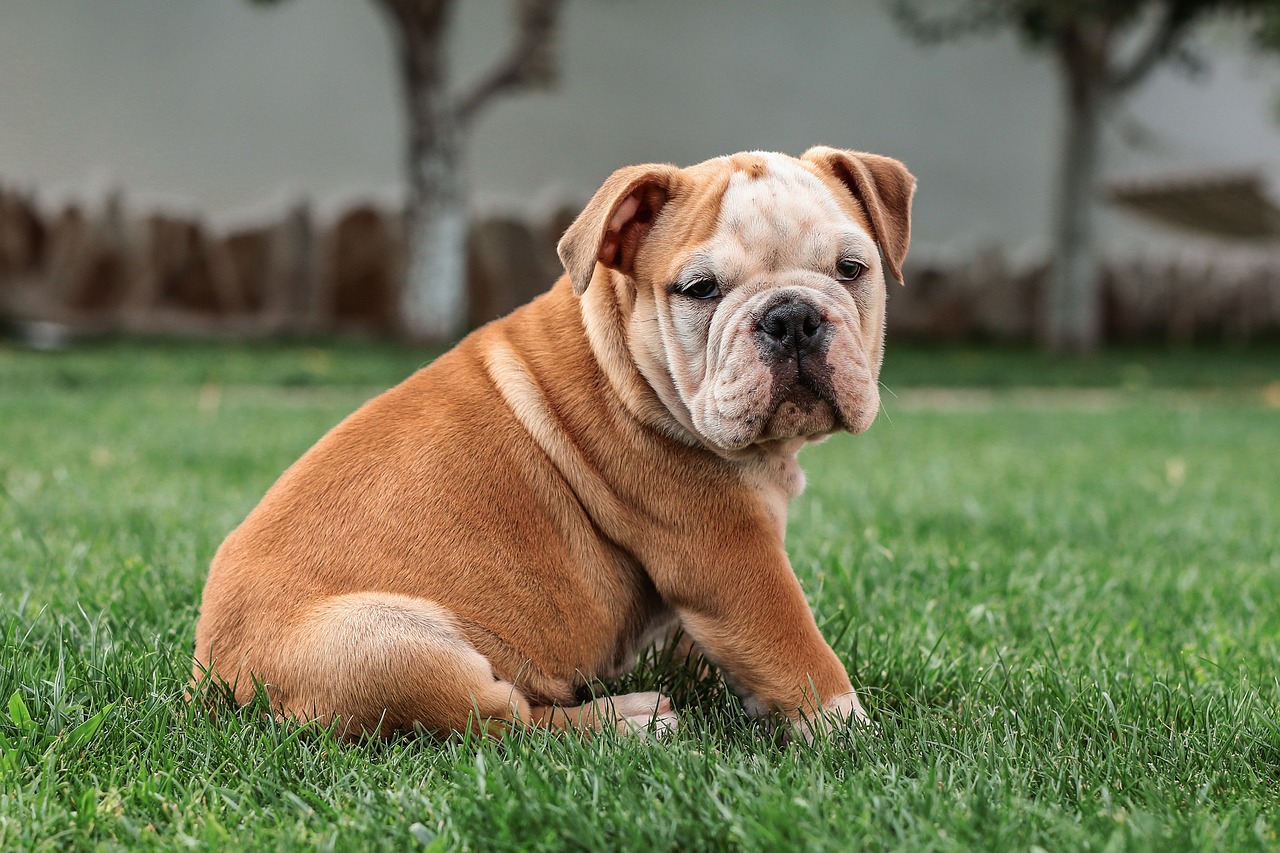
Common Ear Infections in Floppy-Eared Breeds
Floppy-eared dogs are particularly susceptible to ear infections due to reduced airflow within the ear canal. This moisture-rich environment can create ideal conditions for bacteria and yeast growth. Regular cleaning and inspections are essential for maintaining healthy ears in these breeds. Owners should look out for signs such as excessive scratching or odor emanating from the ear area.
Ear Care for Pointy-Eared Breeds
While pointy-eared breeds might not face the same level of risk for infections as their floppy counterparts, they still require regular care to ensure optimal health. Routine checks can help identify any potential issues early on before they develop into more serious conditions. Keeping an eye on wax buildup and ensuring that dirt does not accumulate around the base of the ears is vital.
The Role of Genetics in Ear Health
Genetics plays an integral role in determining both ear shape and susceptibility to certain health issues related to them. Some breeds have been selectively bred over generations not just for aesthetics but also for resilience against common ailments associated with their specific ear types. Understanding your dog’s breed history can provide insight into preventative measures you might take regarding their ear health.
The Influence of Environment on Ear Shape Functionality
Ears Adapted for Different Climates
Certain breeds have evolved specific ear shapes that serve functional purposes based on their native climates. For instance, dogs from colder regions may have thicker fur around their ears that helps insulate them from harsh weather conditions. Conversely, those from warmer climates might have larger or thinner structures designed to dissipate heat effectively.
Exposure to Elements: Impact on Ears
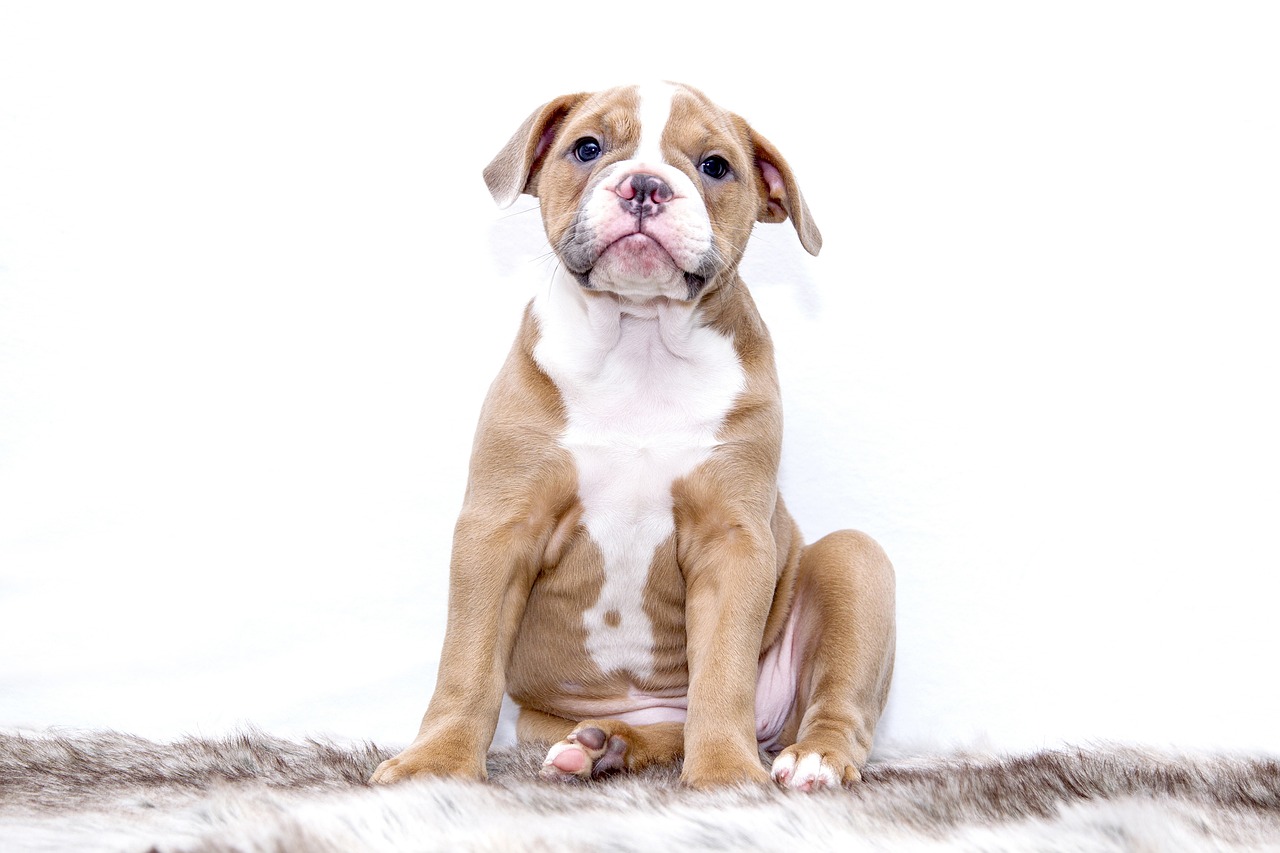
Dogs with different ear shapes react differently when exposed to environmental elements such as wind and water. Pointed-eared breeds may experience discomfort during windy conditions due to increased sensitivity from air pressure changes affecting their inner ear balance mechanisms. Floppy-eared dogs might struggle when wet because moisture can become trapped inside their ear canals more easily than in erect-eared counterparts.
Urban vs Rural Living: Affects on Ear Health
Urban environments present unique challenges regarding noise levels that can affect all dogs regardless of ear shape but particularly those with sensitive hearing like pointy-eared breeds who rely heavily on acute sound perception skills while navigating busy streets filled with distractions such as honking cars or loud machinery noises compared with quieter rural settings where natural sounds dominate daily life experiences.
Cultural Significance of Dog Ear Shapes
Symbolism in Art and Literature
Throughout history, various cultures have depicted different dog breeds with specific ear shapes in art and literature as symbols representing loyalty, courage, or companionship—qualities we often associate deeply with our canine companions today! For example, pointy-eared dogs often symbolize vigilance while floppy-eared ones embody gentleness—a reflection of how society perceives these traits across various media forms over time.
The Impact on Dog Training Techniques
Understanding how different ear shapes affect communication styles among dogs has implications beyond just appreciation; it also plays into training methodologies employed by trainers worldwide! Recognizing what behaviors certain postures indicate allows handlers greater insight into what motivates each individual animal leading ultimately towards achieving successful outcomes during obedience lessons tailored specifically based upon those nuances found within each unique breed’s characteristics!
Breed-Specific Events Celebrating Unique Traits
Dog shows frequently highlight distinct breed characteristics—including unique features like varying types of ears—celebrating diversity among canine companions! Events dedicated solely towards showcasing particular breed traits encourage enthusiasts both new & seasoned alike connect deeper understanding behind why certain attributes matter greatly when considering adopting pets suited best aligned alongside personal lifestyles preferences overall happiness shared together between humans & animals alike!
Final Takeaways

Understanding the diverse ear shapes of dogs enhances our appreciation for these beloved companions. Each ear type not only contributes to a dog’s appearance but also plays a significant role in their health, communication, and adaptability to various environments. By recognizing the unique characteristics associated with different breeds, owners can provide better care and training tailored to their pets’ needs.
Additional Useful Details
1. Regular ear cleaning is essential for floppy-eared breeds to prevent infections.
2. Pointy-eared dogs benefit from routine checks for wax buildup and dirt accumulation.
3. Environmental factors like climate can influence the health and functionality of a dog’s ears.
4. Understanding your dog’s body language through ear positioning can improve communication.
5. Different dog breeds have distinct ear shapes that may symbolize specific traits in culture and art.
Overview of the Key Points
This article explored the variety of dog ear shapes, including floppy, pointy, and rose ears, detailing how each type affects communication, health considerations, and adaptability to environments. Additionally, it highlighted the cultural significance of these traits and provided insights into how understanding them can enhance dog ownership experiences. Ultimately, recognizing the uniqueness of each breed fosters deeper connections between humans and their canine companions.


